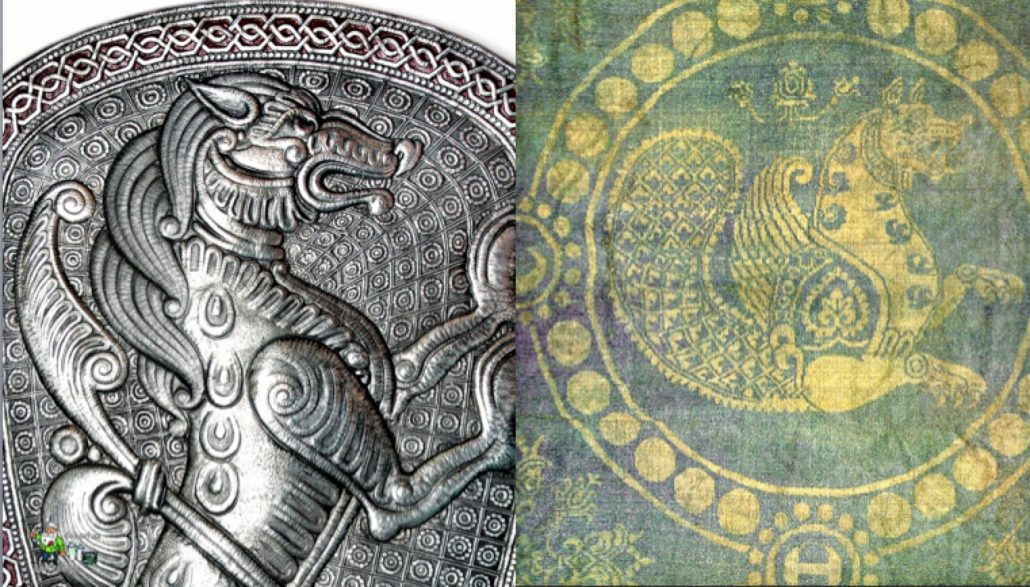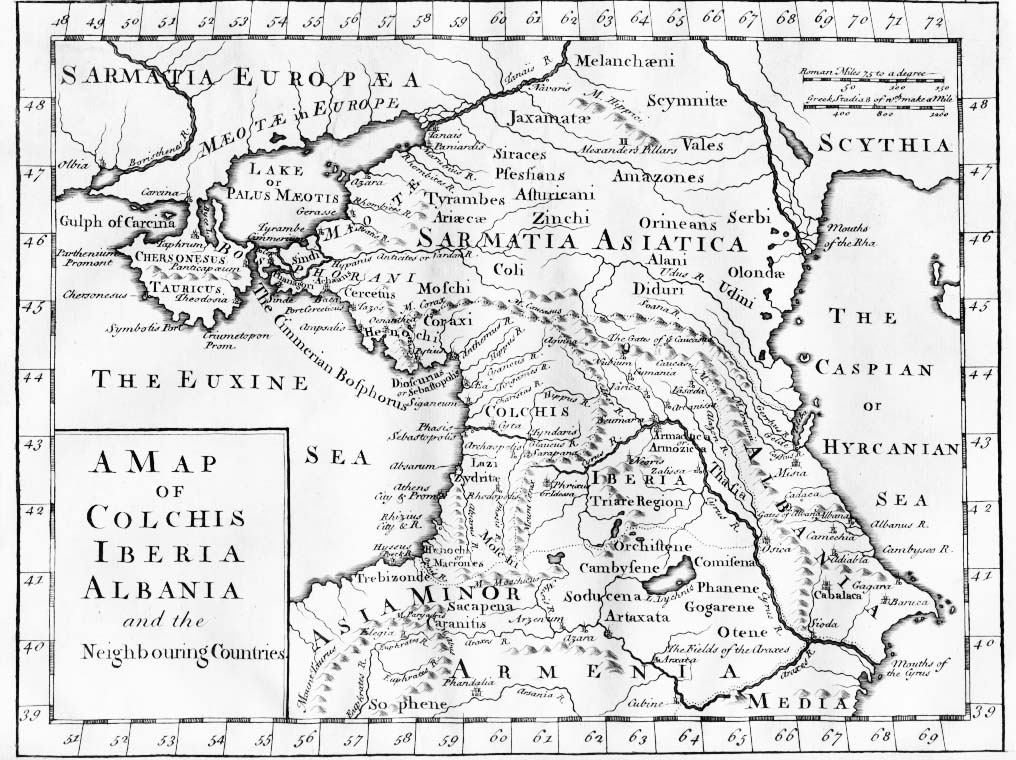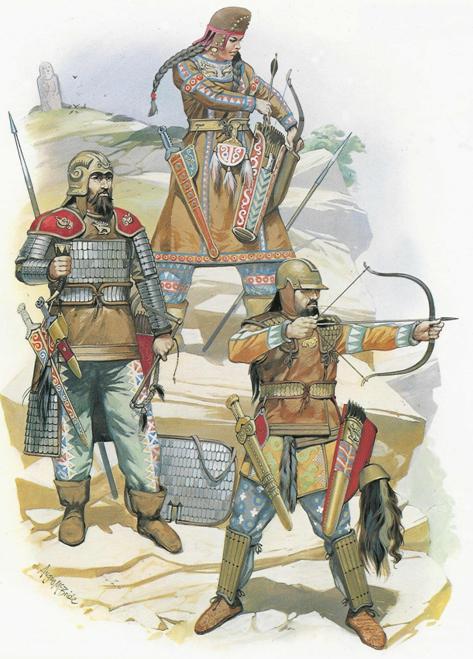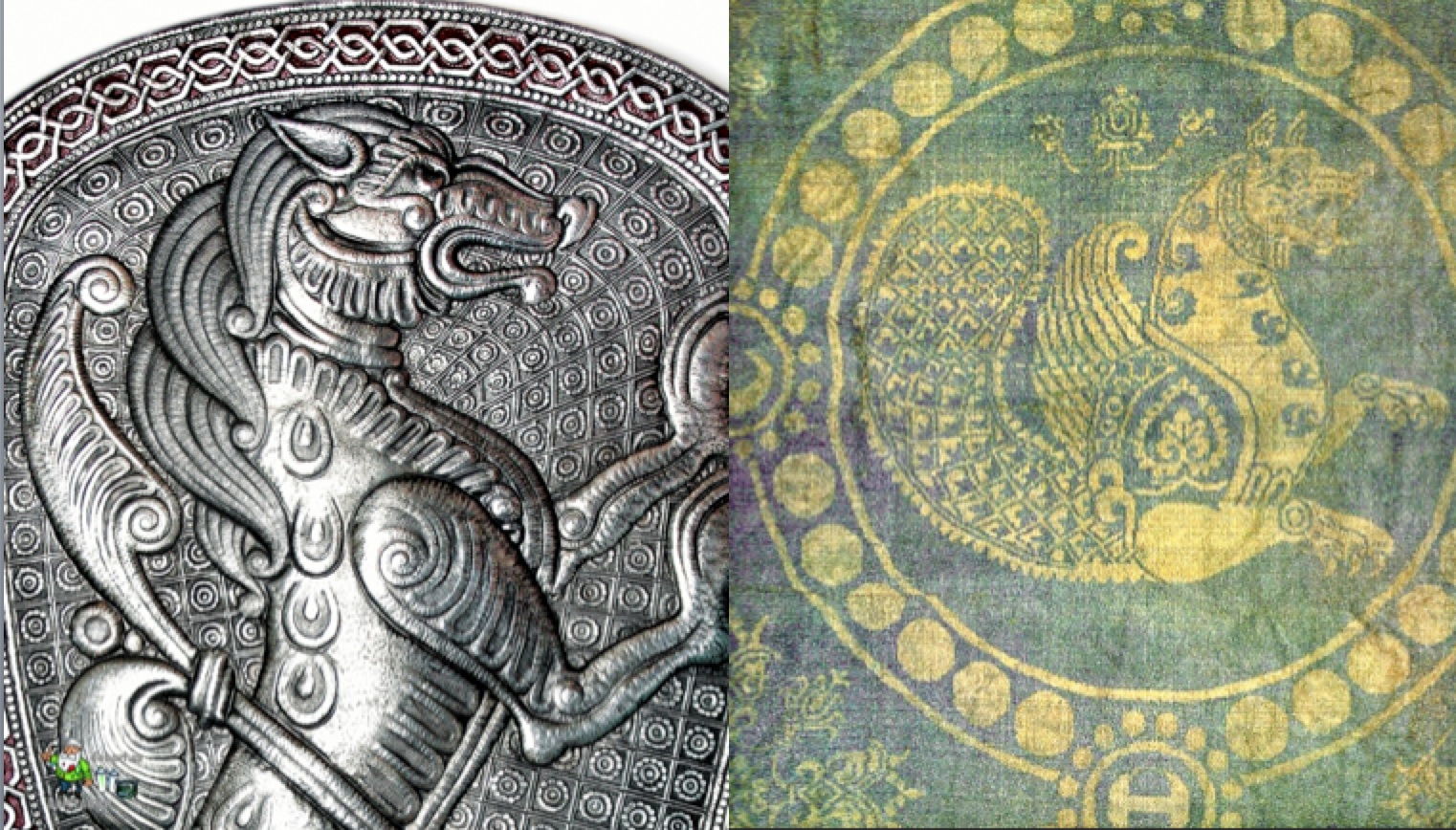The article below has been written by Farroukh Jorat and first appeared in Fravahr.org. Kindly note that the images and accompanying captions do not appear in the original posting in Fravahar.org. For readers interested in articles highlighting links between ancient Iranian civilizations and Europe, consult the link below:
Europa and Eire-An (ancient Persia or Iran)
=========================================================================
In the early Middle Ages (III-X centuries AD) Eastern Slavs contacted with Baltics in the north, with Germans in the west and with Eastern Iranians in the south-east. Interaction of the Eastern Slavs to the Iranians left their mark on the languages and in the religious culture of the East Slavic peoples (Russians, Ukrainians and Belarusians). Let us consider some of the elements of the ancient culture of the Eastern Slavs with Iranian origin.
Semargl (Simurgh)
In 980 in the “Tale of Bygone Years” (Povest vremennykh let) in the list of gods, which were revered in Kiev, was noted deity Semargl. Researcher Vasily Abaev believed that the name of this deity origin from Zoroastrian Simurg. Word Semargl borrowed into the Old Russian language from the Scythian and had the original form Senmarγ
Simurg is the mythological character, combining the traita of dog and bird (Old Iranian Saena mərəγo, “dog-bird”). Russian historian Boris Rybakov believed that the images of winged hounds in the art of ancient Russia represent the image of Semargl [2].

[LEFT] Coat of Arms of Semargl used by the ancient dukes and leaders of ancient Russia (Sarmatia) [RIGHT] Green and yellow Iranian silk decorated with the Sassanian Senmurv motif – this sample was once used for wrapping the relics of St Lupus of Troyes (Picture and caption from Kaveh Farrokh’s lectures at the University of British Columbia’s Continuing Studies Division and were also presented at Stanford University’s WAIS 2006 Critical World Problems Conference Presentations on July 30-31, 2006; Simargl image also available in J.H. in Pinterest – Simurgh image from Musee des Arts Decoratifs, Paris). After the arrival of Christianity in Russia, Belarus and the Ukraine, the Simargl symbol and its cult was denounced as “evil” and “Satanic”.
In 1873 in Glazov county of Vyatka province was discovered a silver dish with the image of Simurg. It was manufactured in the VIII century AD in Iran or Central Asia. After the adoption of Christianity in Rus in 988 image of Semargl has been replaced and forgotten.
Irey
In the “Instructions” (Pouchenia) of Vladimir Monomakh (1053-1125) is a mention about mythical southern country Irey, where the birds fly away in winter and identified with paradise. The most convincing etymology of the word irey is from Old Iranian *airuā-(dahyu-) “Aryan land”. Apparently, this word was borrowed by the Eastern Slavs from Sarmatian tribes. A similar parallels also observed in the language of the Sami, one of the Finno-Ugric Peoples of Russia: Årjel “south”, år’jān “far to the south”, Old Sami *orja “South”.

A copper-engraved map printed in London (approximately in 1770, unknown publishers) based on ancient Greek sources displaying “Sarmatia Europæa” and “Sarmatia Asiatica” by the River Don (Source: Public domain). Colchis and Iberia are now approximatley in modern-day Georgia, with the region Albania renamed as “Azerbaijan” in May 1918. The historical Azerbaijan (Azarbaijan) has been located in northwest Iran below the Araxes River as seen partly in the region of Media at bottom right of the map.
Div
In the “The Tale of Igor’s Campaign” (Slovo o polku Igoreve) (end of XII century) mentioned div as demonic character, sitting on a tree and his whistle presaged the failure of the campaign of Prince Igor at Cumans. The image associated with the Devas — the servants of Ahriman from Zoroastrian mythology.
Dahl VI in his Explanatory dictionary … noted about one of the meanings of Russian word div: “ominous bird, probably an owl”. From this we can conclude that the prototype image of div in the Eastern Slavic culture is owl with a sinister reputation of foreboding.

A reconstruction by Cernenko and Gorelik of the north-Iranian Saka or Scythians in battle (Cernenko & Gorelik, 1989, Plate F). The ancient Iranians (those in ancient Persia and the ones in ancient Eastern Europe) often had women warriors and chieftains, a practice not unlike those of the contemporary ancient Celts in ancient Central and Western Europe. While this topic is often ignored in the media, news outlets, education and academic venues, Ancient Iran has had a profound influence on Europeans and their cultural development. For more on this, see the Dissertation of Dr. Sheda Vasseghi (2017), Positioning Of Iran And Iranians In Origins Of Western Civilization. PhD Dissertation, University of New England, Academic advising Team: Marylin Newell, Laura Bertonazzi, Kaveh Farrokh.
Footnotes
[1] Abayev VI. Scythian-European Isogloss. At the crossroads of East and West. (Skifo-evropeyskie izoglossy. Na styke Vostoka I Zapada). In Russian. [2] BA Rybakov. Paganism of Old Slavs. (Yazichestvo drevnikh slavian). In Russian



